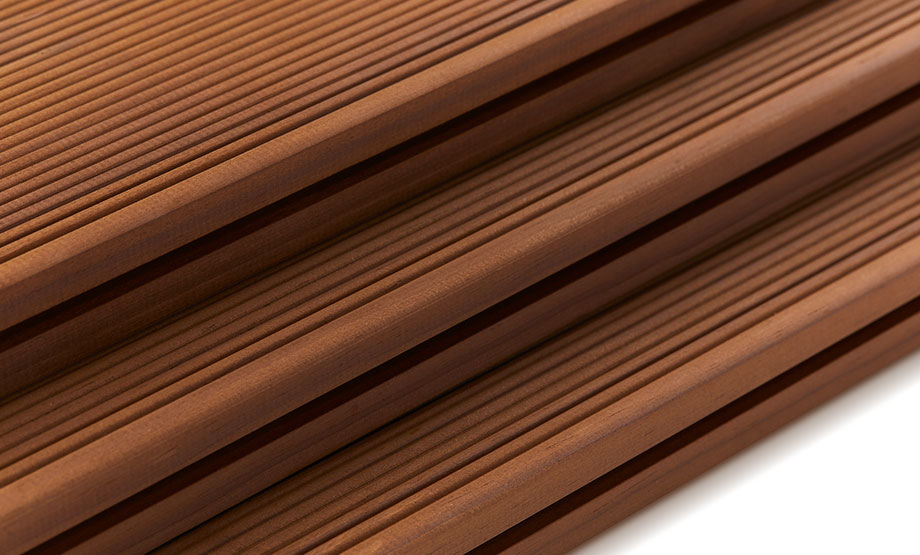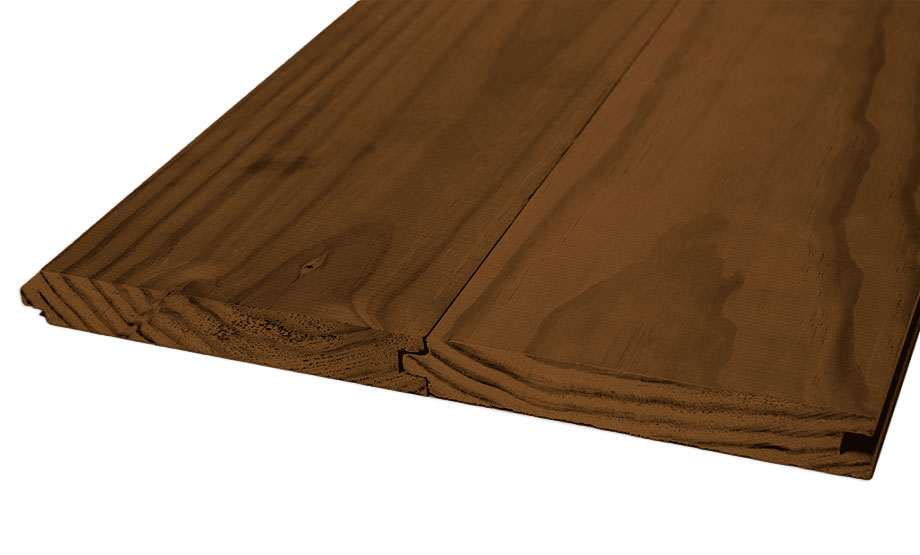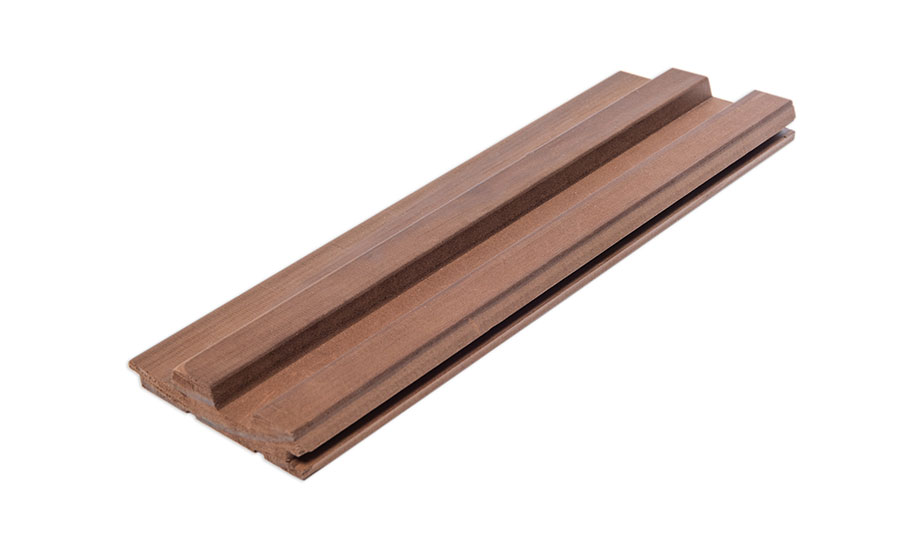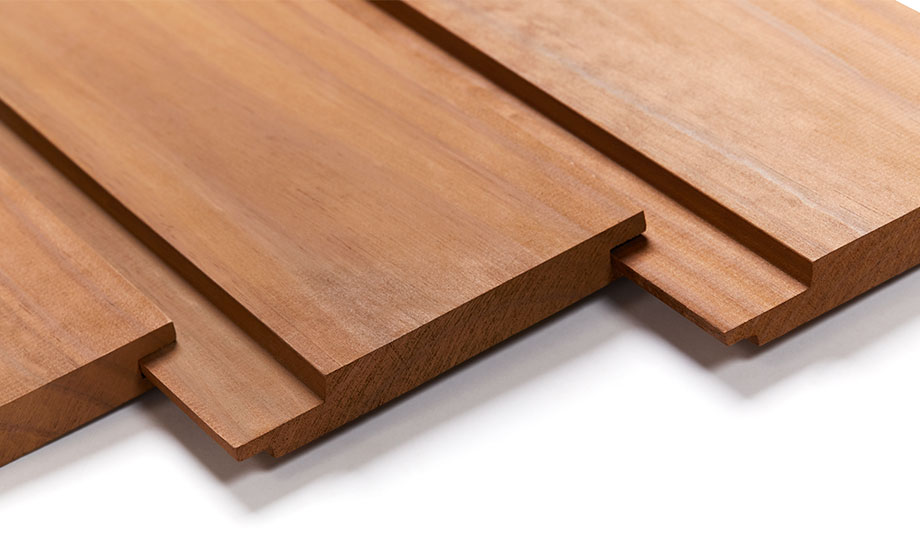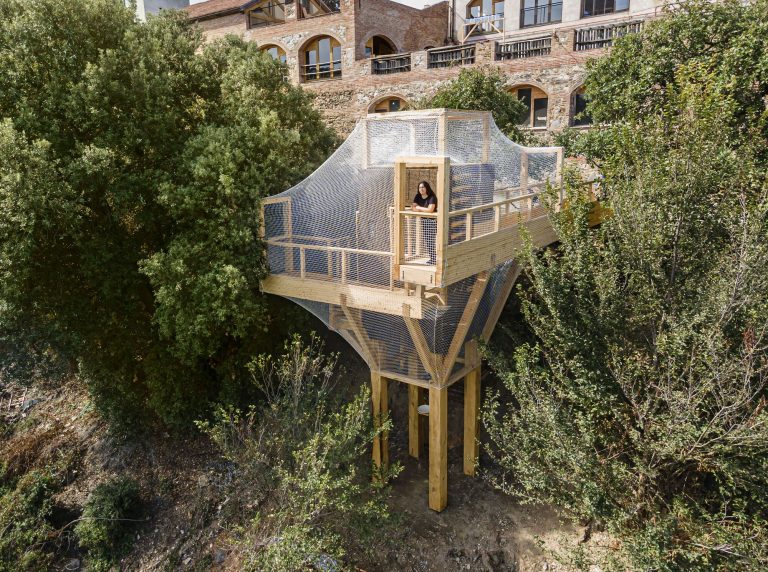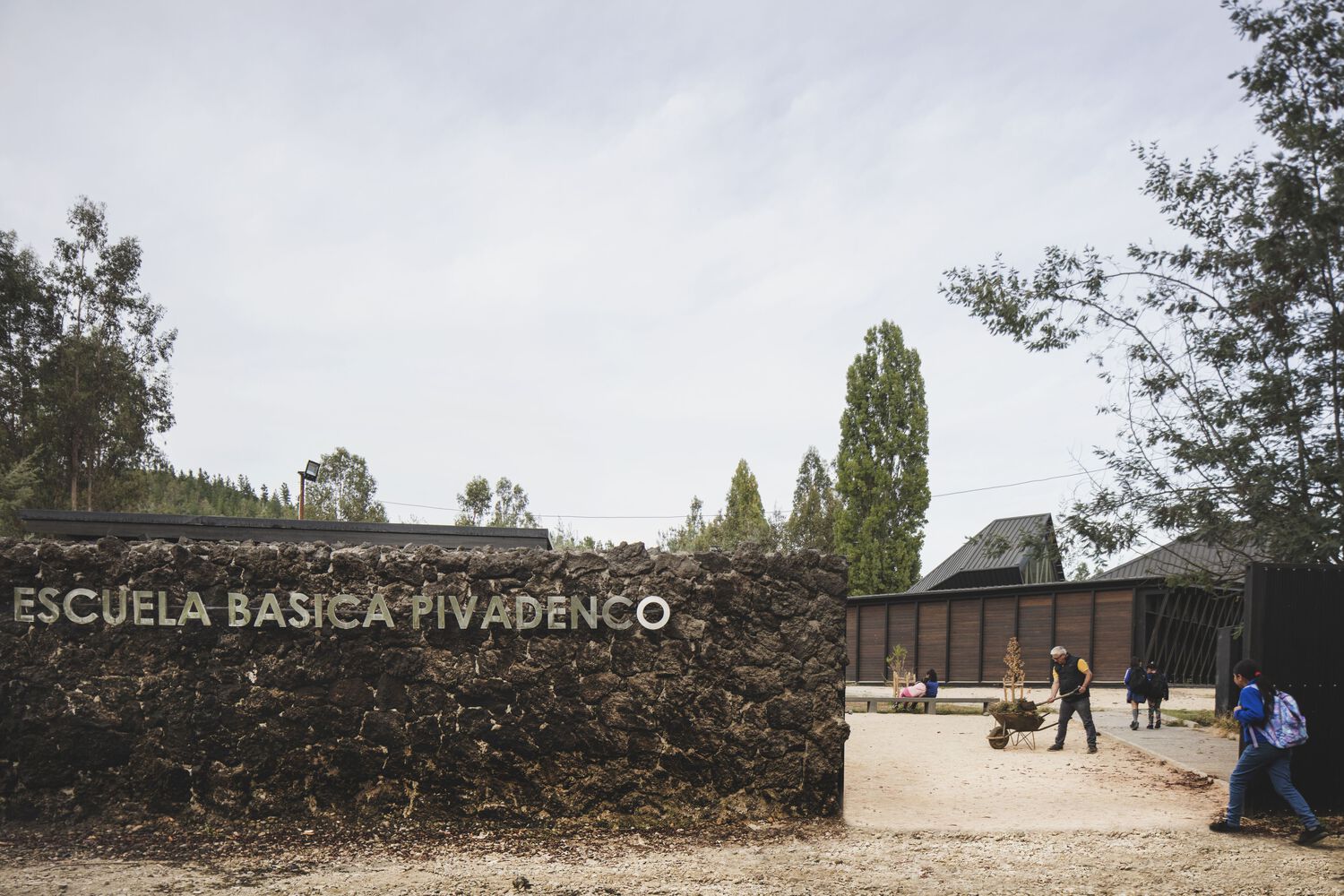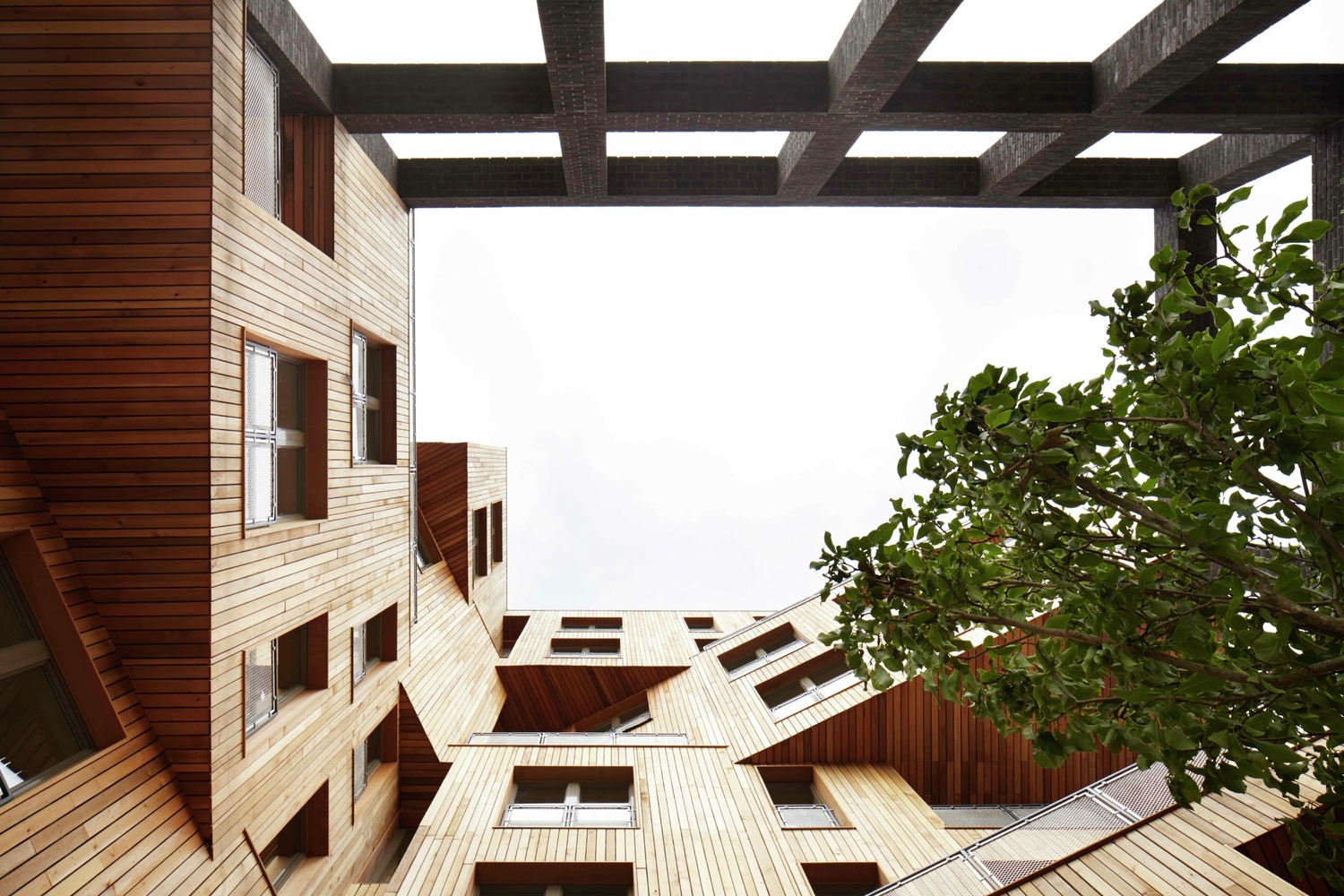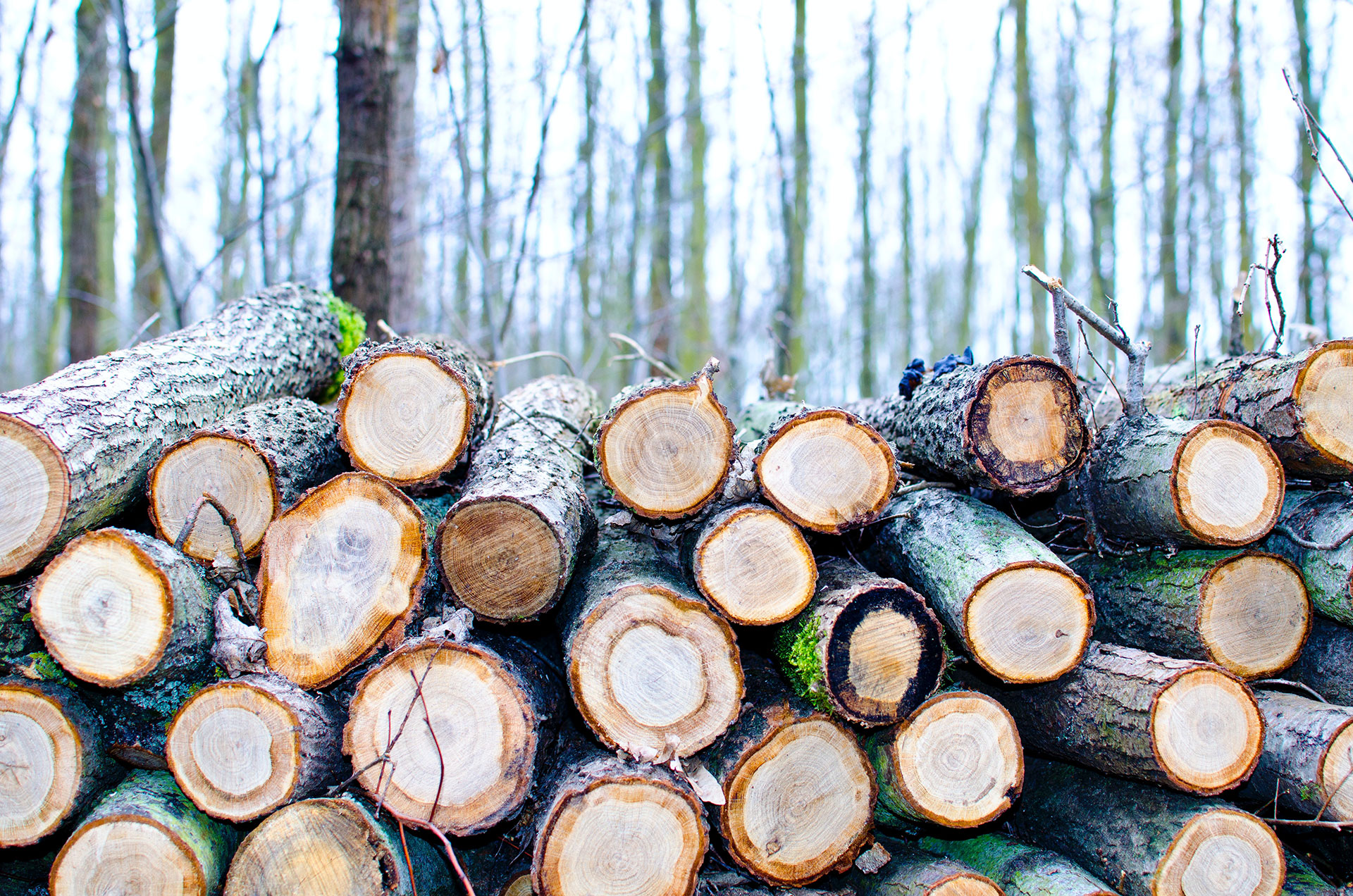
Entendiendo la Madera y su Estructura
Ya hemos hablado de cómo la tecnología nos ha ayudado a modernizar la arquitectura en madera, potenciando la construcción más sostenible y eficiente, pero ¿entendemos realmente cómo funcionan los paneles de CLT?
Citando al arquitecto F. Wright: “sólo si entendemos la madera, podemos utilizarla con inteligencia”, un punto importante considerando que cada vez se edifican más y más rascacielos de madera en el mundo.
Una de las formas de entender la madera es observando su estructura y capacidades. Vamos desde lo más general a lo particular:
Árboles
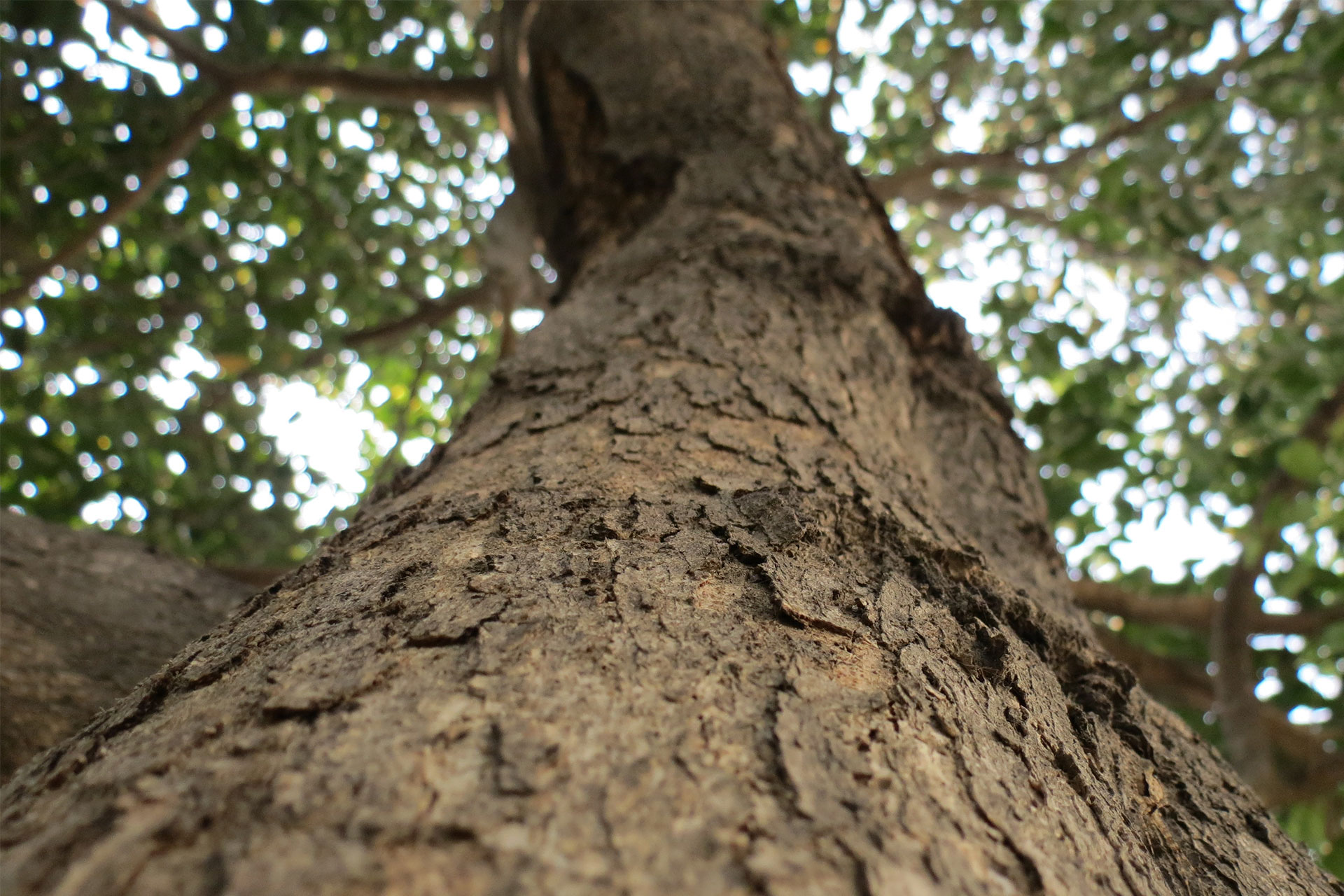
Ya sean de diferentes tipos, con distintas formas y colores, los árboles están diseñados para crecer verticalmente, lo que nos da una idea de cómo resisten el peso en una de sus direcciones, mientras que a lo ancho tienden a ser más flexibles, lo que evita que se rompan por tensiones horizontales, como el viento.
Teniendo esto en cuenta, podemos darnos una idea de cómo utilizar la madera según cómo soporta ciertas tensiones.
Madera
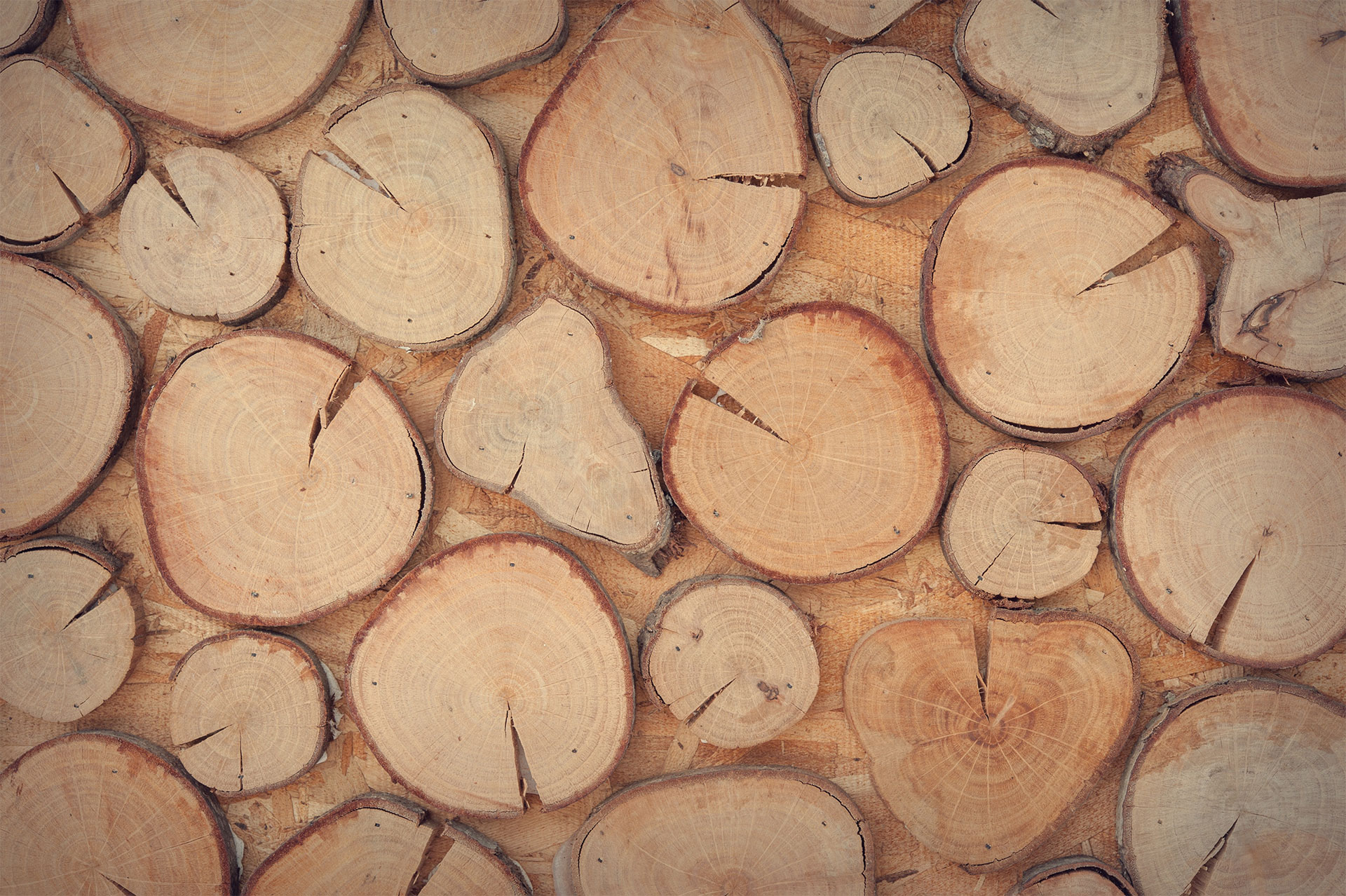
Si has visto un trozo de madera sin procesar, te habrás fijado en que los cortes horizontales dibujan una forma radial en su interior, y que los verticales, en cambio, pueden parecer hebras unidas y en un mismo sentido con las que te podrías astillar.
Pues bien, la estructura principal de la madera se constituye de fibras llamadas radios leñosos, formadas por un conjunto de células dispuestas perpendicularmente al eje longitudinal del tronco, enlazando a las fibras longitudinales desde el centro hacia la corteza.
Esto nos da a entender que la madera tiene un comportamiento mecánico distinto dependiendo de la dirección en que se emplee, tal como explica el sitio madera y construcción: “una dirección aguanta mejor las tensiones que se pueden producir en una construcción”, dicho de otro modo, entendemos que la dirección longitudinal de las fibras de la madera tiene una mayor resistencia.
Madera maciza contralaminada (CLT)
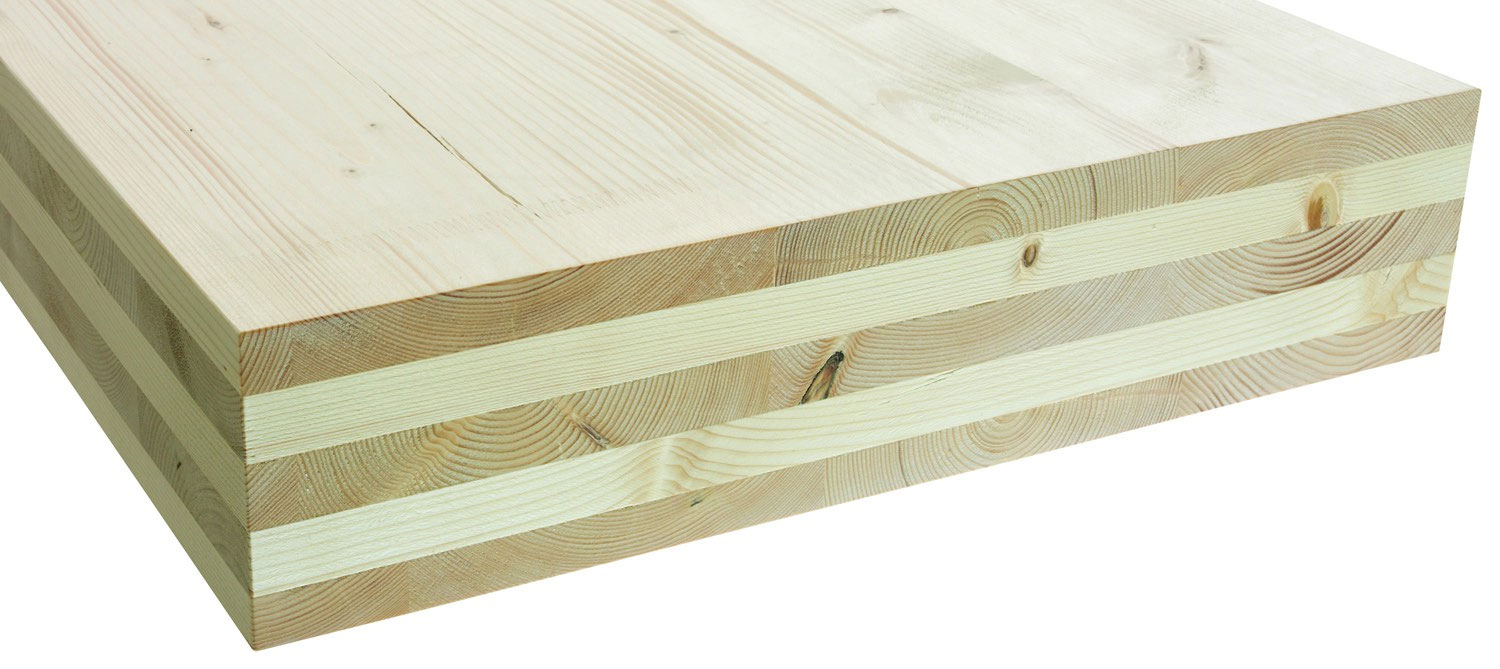
Los paneles de CLT nacen de la idea de fabricar un elemento de construcción de madera capaz de soportar tensiones en dirección horizontal y vertical, maximizando las propiedades de la madera para la construcción.
El CLT se constituye de un número impar de capas de madera aserrada, unidas mediante encolado de forma cruzada para aprovechar las ventajas resistentes de la madera en su dirección longitudinal en ambos sentidos.
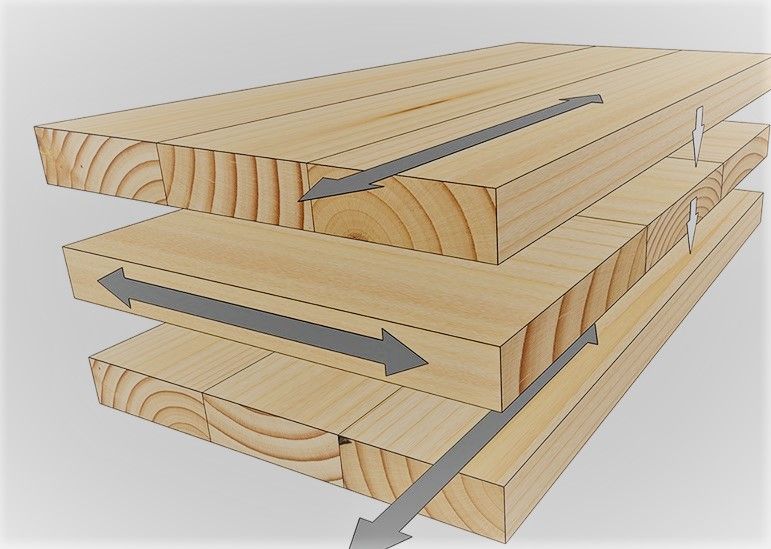
Entre las ventajas del CLT por sobre otros materiales de construcción, reduce las emisiones de gases de efecto invernadero en su producción, es liviana y resistente, lo que agiliza el proceso de montaje, evita la contaminación acústica en la obra, absorbe CO2 y da una sensación de tranquilidad al estar en contacto con elementos naturales.
En otras palabras, el CLT es un material de construcción que puede revolucionar la imagen desactualizada de la edificación en madera, potenciando la arquitectura en altura y de manera sostenible, aprovechando las propiedades naturales de la madera.


